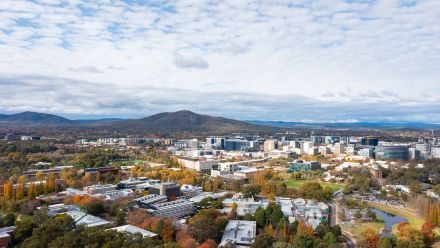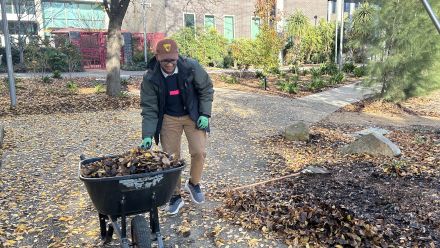Australians under increasing financial stress
One in four Australians, 25.1 per cent, are finding it difficult to get by on their current income, new analysis from The Australian National University (ANU) shows.
This is the highest percentage of financial stress among Australians during the COVID-19 pandemic and almost as high as pre-pandemic levels.
The level of financial stress is highest in Australia's lowest income bracket, with more than one in two people in this group saying they are struggling to get by on their current income. In comparison, only five per cent of people in Australia's highest income bracket say they are struggling financially.
The findings, from a survey of almost 3,500 adults, also show that while Australians are working more hours on average than pre-pandemic levels, their real incomes have decreased.
Study co-author Professor Nicholas Biddle said the findings paint a picture of "the major challenge" the Federal Government faces as it looks to implement its so-called wellbeing budget.
"We've been monitoring the massive financial impact and stress COVID has had on Australians since February 2020," Professor Biddle said.
"In really encouraging news, for the first time since the virus hit our shores Australians are working more hours on average than before the pandemic.
"When COVID hit Australia the numbers of hours each adult worked on average plummeted from 21.9 hours per week in February 2020 to 18.5 hours per week in May that year.
"Average hours worked per week now sit at 22.6 hours."
Study co-author Professor Matthew Gray said: "Despite Australians working more on average, they have told us that what they earn now buys them less in the face of rising inflation and living costs.
"This is putting them under increasing financial stress."
According to the survey, in October 2022 average household income was $1,629 per week -- in February 2020 dollar equivalents -- a 3.1 per cent decline since April 2022. This is significantly lower than the highest level of average household during the pandemic - almost $1,700 per week in November 2020.
"These levels are much lower than before the pandemic," Professor Gray said. "For example, in February 2020, the average household income was almost $1,800."
According to the survey, 48 per cent of Australians also think prices have gone up "a lot more" during the pandemic.
In addition, there has been a large increase in the proportion of Australians who think rising prices are a very big problem. In January 2022, 37.4 per cent of Australians thought that price rises were a very big problem. This increased to 56.9 per cent in October 2022.
"Clearly the cost of living is making it tough for many Australians despite our economy and society coming out of lockdowns and opening up," Professor Biddle said.
"As the government aims to increase the wellbeing of all Australians with its first budget, cost of living and financial stress should be high on their agenda."
The study forms part of the COVID-19 Impact Monitoring Survey led by the ANU Centre for Social Research and Methods, Australia's largest and longest running analysis of the pandemic.
Read the full study at the Centre for Social Research and Methods.


